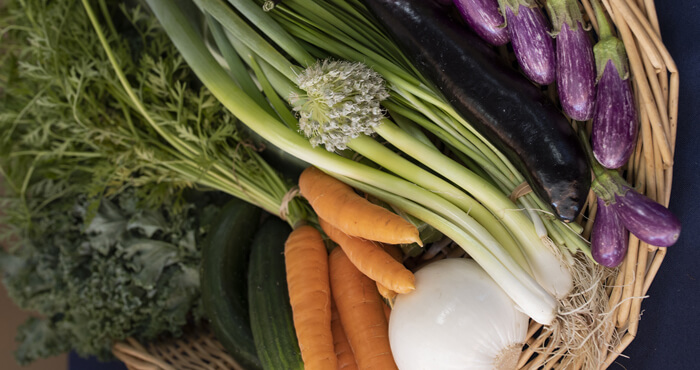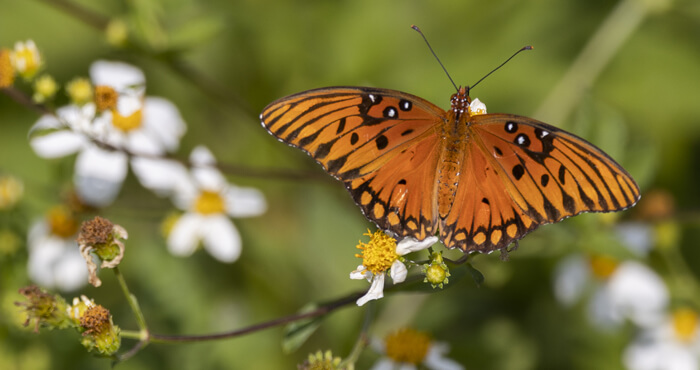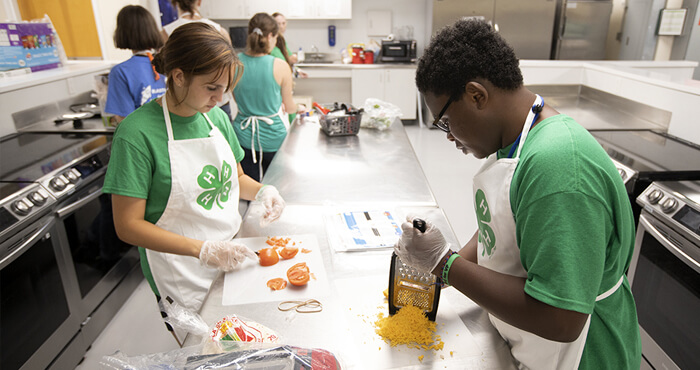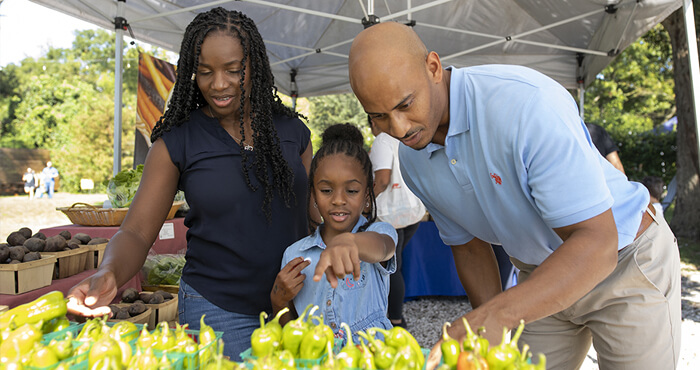
Mistletoe
Although mistletoe is generally associated with winter holidays, this parasitic plant grows year-round.
Overview
Mistletoe's distinctive green leaves, stems, and white berries--each with a sticky seed inside--are easily recognizable. As a small seedling, it roots into the bark and wood of a tree and makes a connection with the growing ring of the host. Although mistletoe makes its own food, it steals water and nutrients from its host tree.
Growing Range
The American or oak mistletoe (Phorandendron serotinum) only grows in deciduous trees, which shed their leaves annually. In Florida, mistletoe is most commonly found in laurel oaks. Other known hosts include elms, hackberries, sycamores, and wild cherry trees.
Oak mistletoe can be found on trees from Kansas to New Jersey. Different species of mistletoe grow on certain western junipers and pines, and still others are found on deciduous European trees.
Use Caution
Between 1985 and 1992, U.S. poison control centers reported 1,754 cases of accidental poisioning of children or pets with mistletoe. Accidental ingestion of American mistletoe can be harmful, so keep the plants and decorations out of the reach of children and pets.
Mythology
In ancient times, Celtic Druids believed that mistletoe was a holy plant because it rooted closer to heaven than any other plant. Its evergreen leaves symbolized the promise of spring's return. In Scandinavian mythology, mistletoe was a symbol of peace.
These traditions and beliefs were adapted by the English and French, giving us the holiday custom of kissing under mistletoe bunches. Hanging mistletoe is a Chrismas tradition in the U.S., while in Europe, it is more commonly associated with New Year's Eve.
Removal & Control
Because of its parasitic nature, mistletoe can weaken or destroy the trees it infests, especially if the tree has been compromised by pests, storms, or old age. Removing mistletoe may help revive the tree. There are two common removal methods, neither of which is easy.
Pruning
Mistletoe may be cut out of the tree. Remove the roots by pruning the infested branch at least six inches below the spot where the mistletoe is attached. Unfortunately, pruning can damage the tree’s structure, making the cure worse than the problem.
You can avoid climbing into trees by using a pruning pole. Be sure to take safety precautions when cutting branches out of trees, including wearing head and eye protection. After handling mistletoe plants, wash your hands thorougly hot, soapy water.
Growth Regulation
A specialized growth regulating chemical can be applied to the mistletoe when the host tree is dormant, usually from December to early February. If applied while the tree is actively growing, this chemical--Ethephon--will damage the tree.
Ethephon must be applied by a licensed pest control operator. Contact your local county Extension office for more information about chemical regulation of mistletoe.
Making Decorations
Once you have cut mistletoe out of the trees in your yard, consider making holiday decorations from the pruning. Refrigerating fresh cut sprigs will help keep them fresh until you are ready to prepare them for decorative use.
Use thin florist wire to wrap the ends of short mistletoe cuttings. Add ribbons for color, and your mistletoe is ready to hang over a doorway. Mist the sprig daily to keep it looking fresh. After handling mistletoe plants, wash your hands thorougly hot, soapy water.
Do not hang mistletoe directly above heaters, stoves, fireplaces, or any other heat-producing elements. Mistletoe hung in these locations will dry out much faster, creating a fire hazard.
Compiled from:
Holidays are Sealed with Mistletoe by Dan Culbert. Published by: Okeechobee County Extension Service (12/2006).
Kiss Karefully with Mistletoe by Dan Culbert. Published by: Okeechobee County Extension Service (12/2003).
Resources
Other UF/IFAS Sites
- Gardening Solutions
- Entomology and Nematology Department
- Environmental Horticulture Department
- FAWN: Florida Automated Weather Network
- Florida-Friendly Landscaping™ Program
- Florida Master Gardener Program
- IPM Florida
- Pesticide Information Office
UF/IFAS Publications
State & Federal Agencies
- Florida Department of Agriculture and Consumer Services (FDACS)
- Florida Department of Environmental Protection (FDEP)
- Florida Energy Systems Consortium (FESC)
- U.S. Environmental Protection Agency (EPA)
- USDA Plant Hardiness Zone Map--U.S. National Arboretum
Organizations & Associations
- American Community Gardening Association
- American Horticultural Society
- Florida Native Plant Society
- Florida Nursery, Growers and Landscape Association (FNGLA)
- North American Native Plant Society
Other Sites & Publications
UF/IFAS Mobile Web Apps





.jpg)

.jpg)
